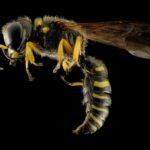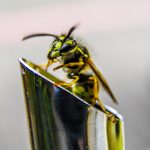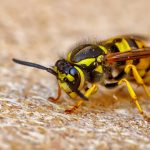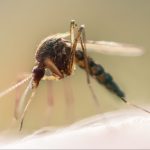Anything that gets to eat has to squander something. Ants must transmit something since they eat. So, do ants have feces?
Ants do, in fact, poop. They have a metabolic waste system that allows them to eliminate the waste generated by digesting. An ant’s body, like ours, consumes what it needs and excretes the rest as excrement. The waste provides a threat to insects as well. Because viruses and parasites can be found there, communal insects such as ants have developed to deal with the threat. They engage in hygienic defecation practices.
This article will go over how ants make feces, how animals dispose of it, and a few other interesting facts regarding ant waste.
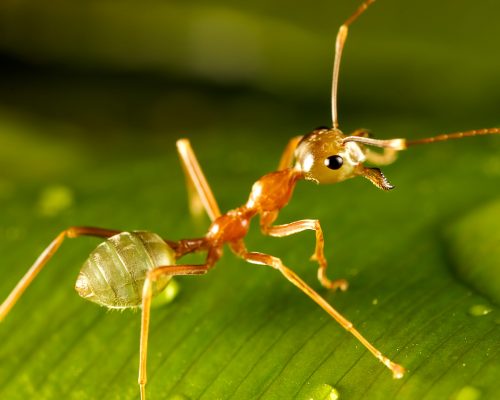
Do Ants Fart?
Ants very likely fart, albeit there’s no way to tell if they make noise while doing so. Because ants are so little and common, no one has attempted to research their gas ejection. Ants, like other insects, fart, therefore it’s safe to presume they do as well. Around a leafcutter ant’s nest, two elements of farts, nitrous oxide, and methane, were found in concentrations significantly beyond normal.
Ants are believed to be able to fart since they have the requisite physical components, such as anus and intestine. It’s impossible to say because research on insect farts hasn’t yet looked at a wide range of species. However, it’s also logical to assume that not all gases created during digestion are expelled through the anus. The carapace of ants contains a large number of spiracles, which are microscopic openings utilized for gas intake and emission.
At least part of the gases produced as a result of digestion is carried in the bloodstream of the insect and subsequently expelled through the spiracles. Whether or not ants fart, they appear to be unable to release gases quickly, which certain ant killers exploit by leading them to bloat and then explode because they are unable to pass gas quickly enough.
Do All Insects Fart Equally Much?
Without a doubt, no. Some species have yet to produce detectable farts, while others, such as termites, are well-known for the volume of gas they create with their farts. Every year, termite farts are anticipated to make around 12,130,000 tons of methane.
The nutrition of termites is the explanation for their excessive farting. Gas is produced by bugs that eat wood, fungi, or soil. A high-fiber diet promotes frequent farting.
The farts of insects are impossible to hear or smell for humans. Other insects, on the other hand, may die as a result of a larva’s fart. Lacewing larvae of the species Lomamyia latipennis stun termites with their powerful farts before devouring them.
This tiny larva can immobilize six termites with a single fart and then swallow them, which is particularly astounding given that the larvae are only 0.07 milligrams in weight, and the termites they target are 2.5 milligrams. These strong farts’ paralyzing effects operate on termites weighing up to 5 milligrams, while bigger prey is often only faintly stunned.
Do Ants Eat Poop?
Ants don’t consume their dung since it’s poisonous, but some will eat the excrement of other creatures. You might catch them snooping around a litter box or looking for dog waste before you do.
Ants that require more protein in their diet than the average are drawn to dung. The acrobat ant, the Pharaoh ant, the red exotic fire ant, and the small black are some of these ants. Most other ants, on the other hand, will avoid it because animal waste can make them sick just as much as their own.
Do Butterflies and Ants Have the Ability to Fart or Pass Gas?
Butterflies farting a fascinating explanation. While it may seem peculiar, researchers have discovered that butterflies and ants do indeed have the ability to pass gas. This process, known as farting, is the result of their digestion and metabolism. Despite their delicate nature, these small creatures possess a gas release mechanism, which allows them to expel excess gases. This intriguing phenomenon adds yet another layer to the wonders of the animal kingdom.
How is Ant Poop Formed?
Ant excrement is a byproduct of their digestion. Although their digestive system differs greatly from that of humans, the end effect is the same. Food enters their bodies through their jaw, travels down their bodies, is processed in two stomachs, and the waste is subsequently absorbed through a tube. Poop is all that’s left.
Because ant feces has never been researched, no one knows exactly how the last act of creating an ant poop occurs. No person has ever witnessed an ant defecate. An anus is used to complete the process of insects pushing out dung, which is a procedure that we are all familiar with.

